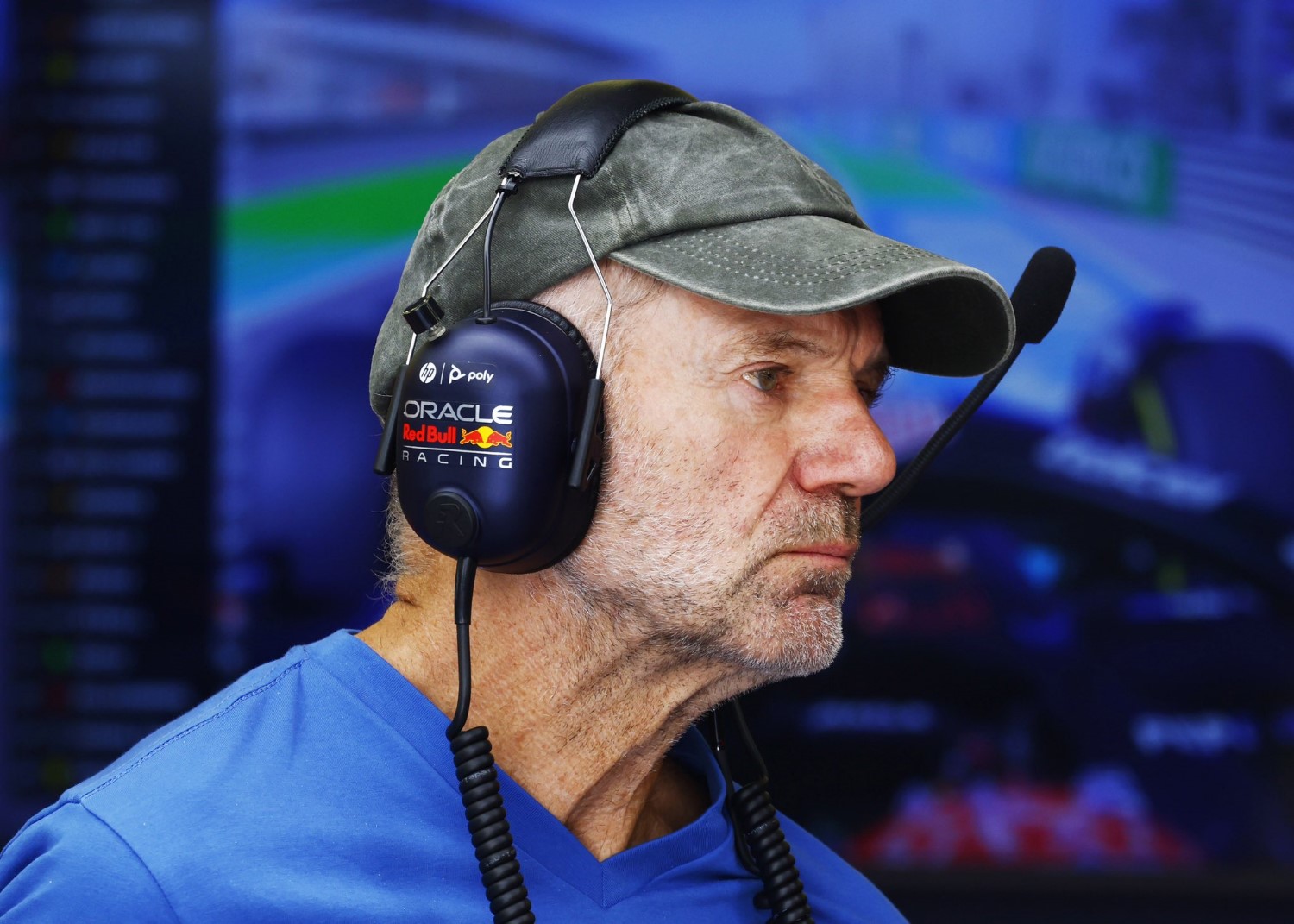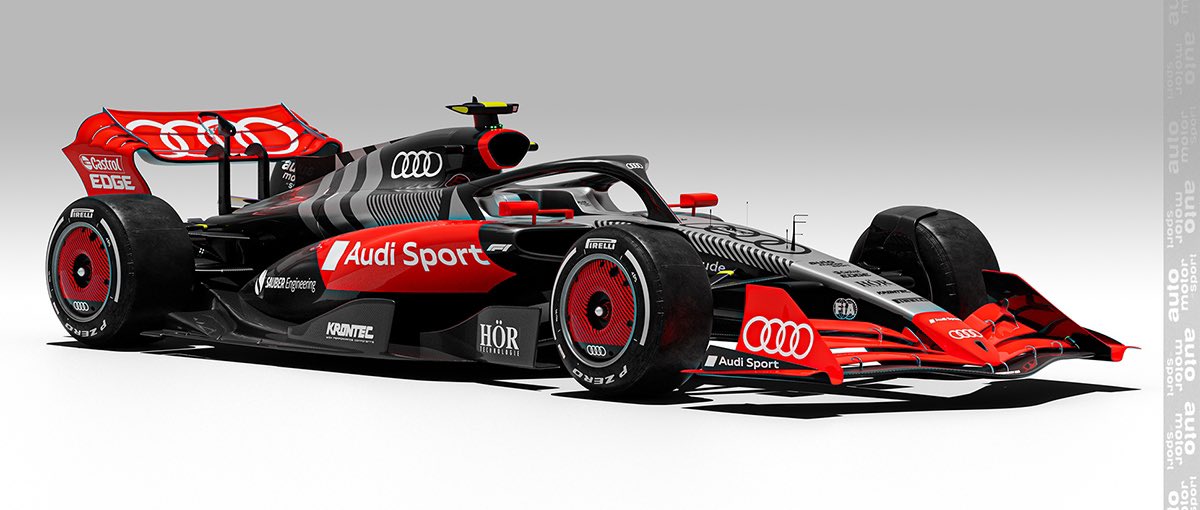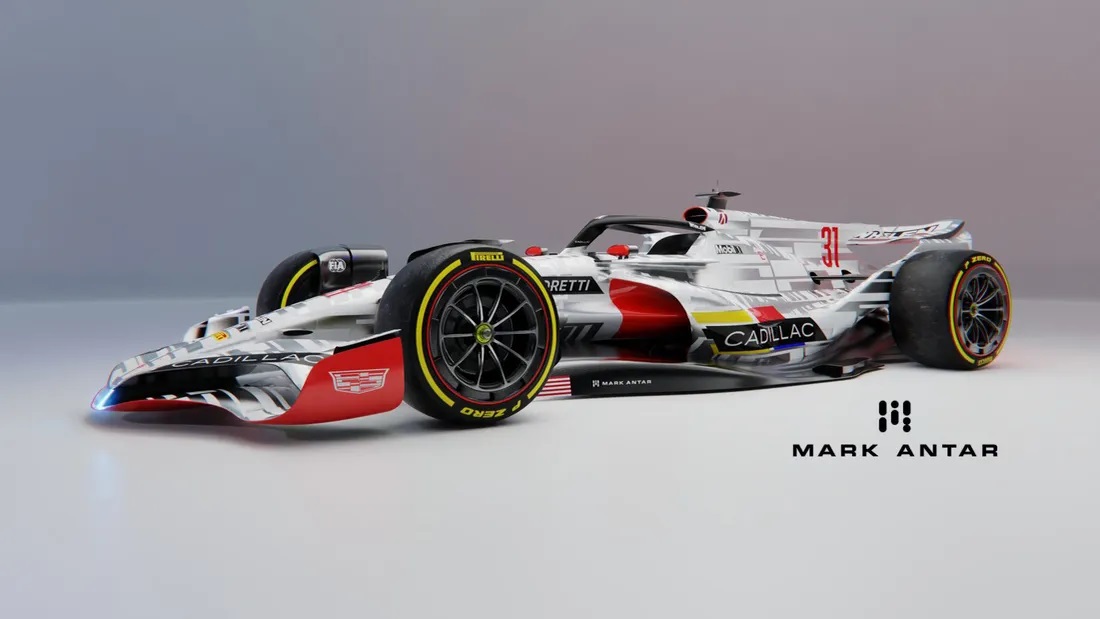F1 News: ‘Frankenstein’ 2026 cars beginning to raise alarm bells (Update)
Design genius Adrian Newey weighs in on just how ludicrous the 2026 F1 cars will be – ‘Frankenstein Cars’ as Christian Horner so accurately coined them.
Speaking to Autosport, Newey said, “It’s certainly going to be a strange formula in as much as the engines will be working flat-chat as generators just about the whole time,” he told Autosport.
“So, the prospect of the engine working hard in the middle of Loews hairpin is going to take some getting used to.”
“I think they realized that on the engine side, not everything is as efficient as everyone thought after all,” said Verstappen in Japan about progress on the 2026 regulations.

Asked for his views on the argument that the aero rules were now a sticking plaster for an engine that was not delivering all that had been hoped, Newey said: “I think that’s fair comment, and probably one that even the FIA would acknowledge – that only the engine manufacturers wanted this kind of 50/50 combustion engine with electric.
“I guess it is what their marketing people said that we should be doing and I understand that: it’s potentially interesting because F1 can be a fast-track developer of technology.
“The problem potentially on the battery and electric side is the cost currently, certainly of electric motors to F1 standard, plus inverters and batteries. It is very high, but perhaps production techniques in the future will help to bring that down.
“The other problem is the battery. What we need, or what the F1 regulations need out of the batteries in terms of power density and energy density, is quite different to what a normal road car needs. And that in itself means that the battery chemistry, and possibly battery construction is different. So, there’s a risk that it won’t be directly road-relevant.
“But perhaps that’s not the key aspect anyway. The key aspect, certainly for the manufacturers although they will never admit it, is the perception of relevance in the showroom.”
Asked about the challenge of getting active aero to be the right fit, Newey said: “I think it is going to be difficult.
“It is fair to say that the engine regulations were created and pushed through without very much thought to the chassis side of it, and that is now creating quite large problems in terms of trying to come up with a solution to work with it.
“But I think the one good thing out of that, is that it does promote efficiency. And I think anything that does that, and promotes that, has to be in line with what I said earlier: of trying to use F1 to popularize a trend.”
“On the contrary, we should not get into active suspension, active aerodynamics and things like that,” said Verstappen.
“That makes it all much more complicated, and that’s where some teams are going to excel again, to do a better job than others. You have to keep it as simple as possible.
“I don’t really see that happening at the moment with the 2026 regulations, but maybe I’ll be positively surprised.”
April 10, 2024
Christian Horner predicted that what the FIA was trying to achieve with the 2026 F1 technical regulations would result in ‘Frankenstein’ F1 cars. Recent reports from simulation runs appear to support his claim.
(GMM) Top Formula 1 drivers are beginning to become more outspoken about Formula 1’s radical regulations revolution for 2026.
From 2026, a whopping half of all the power under the driver’s right foot must be generated from hybrid or electrical generation.
It’s a fact Christian Horner raised the alarm about last year, warning about the prospect of drivers lifting the throttle mid-way down the straights and said the cars would be Frankenstein cars.
Related Article: F1 News: 2026 engines and cars will destroy parity, double cost
The radical new aero rules are designed to help counterbalance the effect, with rear wings that move on the straights – drastically reducing drag.
But specialist media reports now say early simulations done by multiple F1 teams show that the outcome could be cars that are nearly impossible to handle. With the active aero when the rear wing is open the cars spin out on the straight.
One solution could be to make the front wings moveable too, so the aero loss can be balanced.
“I’m not sure if we should head in that direction, but that’s what it’s looking like at the moment,” said triple world champion Max Verstappen. “There must be different ways to do it.”
Editor’s Note: Imagine the team’s car designers trying to get the balance of the cars right with the underbody downforce while both the front and rear wings are moving under braking and acceleration. Imagine the turbulence for the cars trailing with wings moving of not only their car, but the cars in front of them. How many wings will fail in the middle of a corner? What happens when a front wing is damaged? Today, the cars are still controllable when a front wing is damaged. What will be the cost of all this active aero and the electronic and software systems needed to control them effectively? Who will pay for their development under the current cost cap? Frankenstein Cars indeed!
Ferrari’s on-form Carlos Sainz agrees that the compromise solution on the table at present appears “messy”.
“Until we try them, I think it’s unfair to criticize or to back the regulation change,” said the Spaniard.
“At the same time, if it has attracted big manufacturers like Audi into the sport, I think it’s something that it has to be appreciated and put into context.
“But my personal view is that these cars are probably now just too big and heavy. If I could change something for tomorrow, it would be that.”

